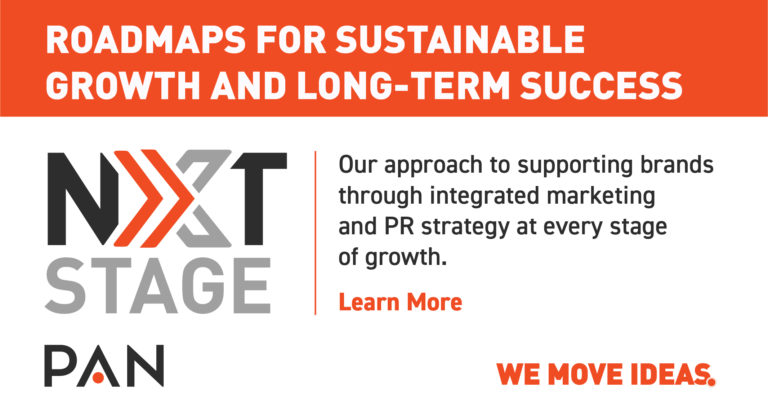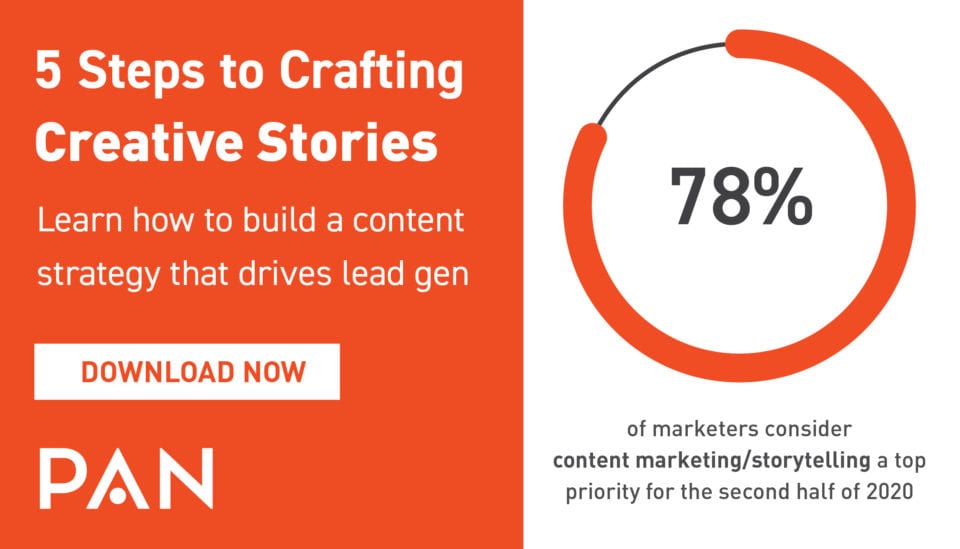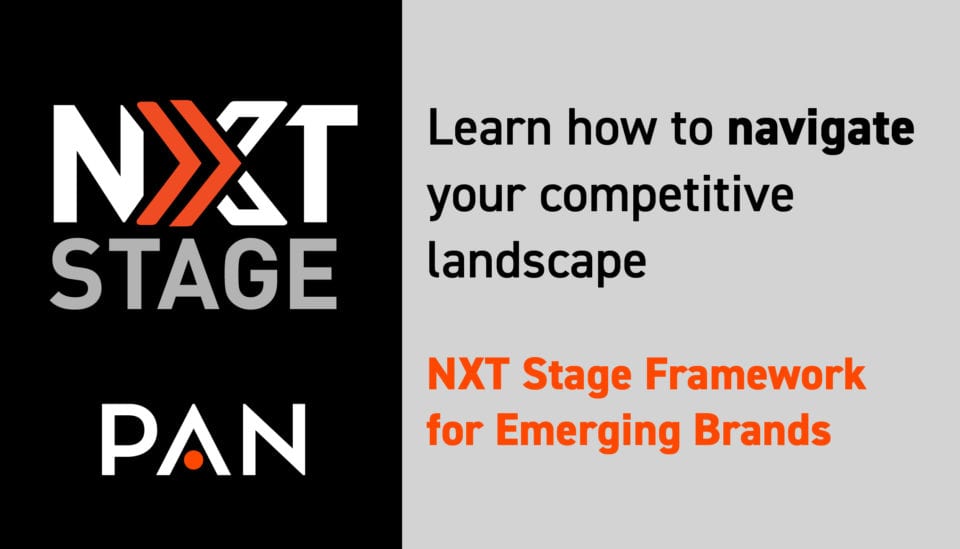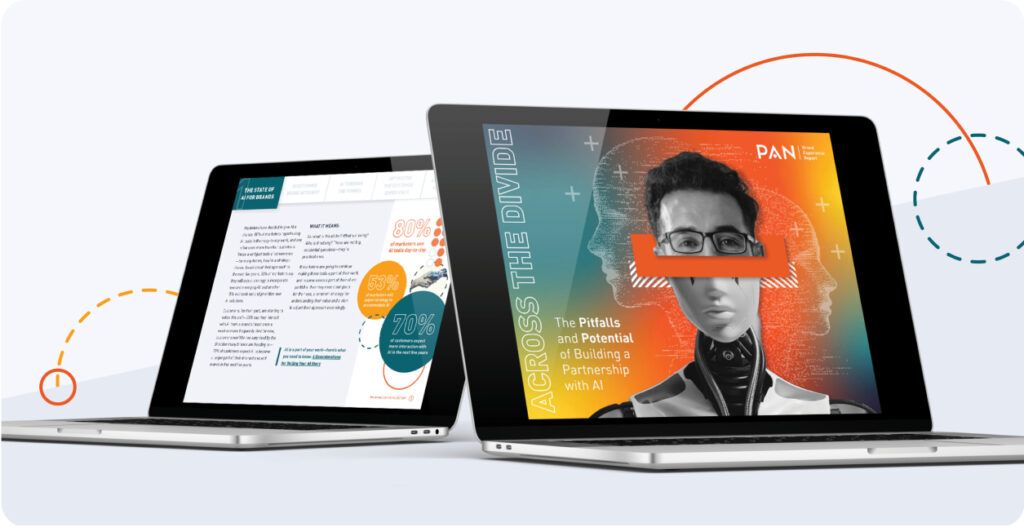For many years, the Fintech sector has been the darling of the UK economy, experiencing seemingly unstoppable growth and attracting record investment from all over the world.
Yet this year, the picture is not quite as rosy. Innovate Finance reported that, while UK Fintech brands pulled in over $1.84bn (£1.4bn) in VC funding during the first half of 2020, this marked a 39% drop compared to the same period in 2019. There are also warnings that the UK economy might not fully recover until 2024, as the impacts of coronavirus continue to be felt.
With competition for both customers and investment now higher than ever, it’s never been more important for your brand to stand out. With new Fintech brands emerging every week and entering an increasingly crowded market, how do you attract the attention you deserve?
Review Your Messaging & Positioning With a Critical Eye
First, identify where you provide additional value to your customers and the gaps you fill within this competitive landscape. Every Fintech startup would probably describe itself as disruptive or innovative, but how are you doing this in practice? The key is not to simply tell people that you are different but show it. Make your messaging specific about what you are offering that the rest of the market doesn’t.
“First, identify where you provide additional value to your customers and the gaps you fill within this competitive landscape. Every Fintech startup would probably describe itself as disruptive or innovative, but how are you doing this in practice?”
As part of this, consider what your company’s wider mission is. What are you trying to achieve in the long run? If this doesn’t already exist as part of your branding, consider how you should articulate it.
When we worked to launch Pay By Bank App (now bought by Mastercard for £700m), we used hard-hitting research to articulate the wider commercial opportunity for banks and merchants in mobile payments, mapping it to tangible moments in consumers’ lives. Our “Commuter Commerce” study revealed the £9.3bn shopping opportunity during time spent on public transport, which helped position Zapp/Pay by Bank App as an innovative industry leader and led to a series of strategic partnerships with some of the UK’s biggest retail brands and banks.
Let our NXT Stage Approach support your messaging & positioning efforts as you navigate new levels of growth and awareness.
Segment for Maximum Impact
Your product might conceivably be used by every consumer or already have a specific niche but unless you have unlimited resources, it’s hard to make an impact everywhere at once. Focusing your efforts can help you build strongholds amongst different communities, which then provides a strong base to expand to other areas.
“Your product might conceivably be used by every consumer or already have a specific niche but unless you have unlimited resources, it’s hard to make an impact everywhere at once.”
For example, when it comes to media relations, consider growing advocates in the trade press before expanding to general consumer titles. We often speak to startups who want to spend time perfecting their product before sharing it with the world but then struggle to engage investors who have never heard of the company before. A B2B2C strategy can help you articulate your vision to the industry early on, even if the finer details are still being worked out. This is something we did successfully for ClearScore, helping them grow from 0 to 300 employees and 10 million users, by securing 600+ pieces of positive media coverage over five years.
This is just as important when targeting consumer press. Who is your ideal customer? Millennials or Gen Z? Homeowners or renters? High net worth? These may evolve over time, but by focusing on different groups you are able to craft stories that resonate more deeply with potential customers and make them more likely to take action.
Audit and Assess Your Content Strategy
Think about what your content strategy is trying to achieve, not just which channels you’re activating. How can you deliver further expertise within your industry – and which voices from your organisation will have most impact? How can you articulate where your product or service fills the void for your customers? Could you use the voice of your customers to showcase your product through case studies? Focusing on the purpose of content will enable you to cut through with an authentic voice and avoid creating content for content’s sake.
This is an approach which has been very successful for one of our InsurTech clients, By Miles. Our voice of the customer programme enabled us to articulate the benefits of pay-per-mile car insurance in an authentic way, placing case studies in national publications such as The Mirror, The Sun and Evening Standard.
Starting with the “why” rather than the “what” will also enable you to craft a truly integrated marketing strategy that amplifies your core message across multiple channels.
Reference our Content Marketing Framework to learn how to effectively audit and assess your content program.
Choose Your Channels
You’ve articulated your unique positioning, segmented your audience and cemented your content strategy. Now you should consider which channels you’ll use to share your story, based on your brand goals.
Have you engaged the media through media relations and a thought leadership programme? Is the time right to bring in analyst relations as part of your media strategy? Which social channels does your target audience live in – and how can you provide value and knowledge sharing on those same channels? Are there other digital channels that make sense based on content consumption preferences of your target audience? Could you consider how awards and speaker opportunities might support your position?
Develop an Employee Communications Strategy
Employee comms is arguably more important at a startup than in a large corporation, when you are fighting to attract and retain top talent, yet is often forgotten in the push for external messages. In fact, several fast-growth Fintech startups have come under fire in recent years when employer branding was neglected, with whistle blowers sharing stories of high-pressure work environments and poor mental health.
“Employee comms is arguably more important at a startup than in a large corporation, when you are fighting to attract and retain top talent, yet is often forgotten in the push for external messages.”
Building and maintaining a culture at a fast-growth company can be challenging, so communication is key. Internal communication should be frequent and in sync with external communication so everyone feels included. Consider hosting an all-staff party around a big media launch or sharing an internal newsletter to help your staff become your biggest advocates. In turn, this will help you build a strong employer brand that attracts top talent and reduces turnover, crucial to any startup’s growth.
Want to find out more about how to take your Fintech startup to the next level? Check out our guide, “How to Use Creativity to Find Opportunity During a Downturn.”






